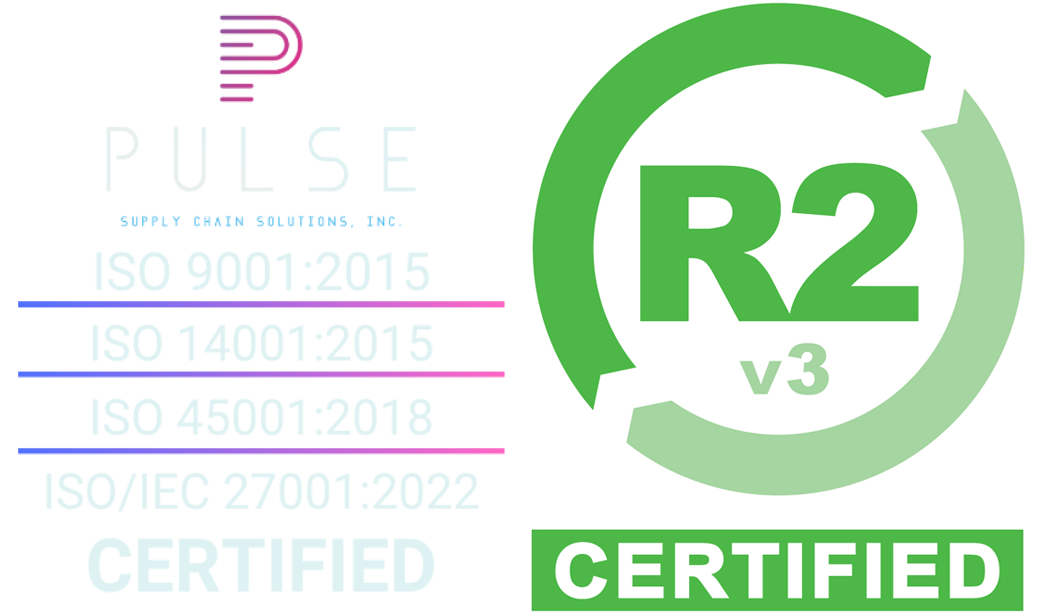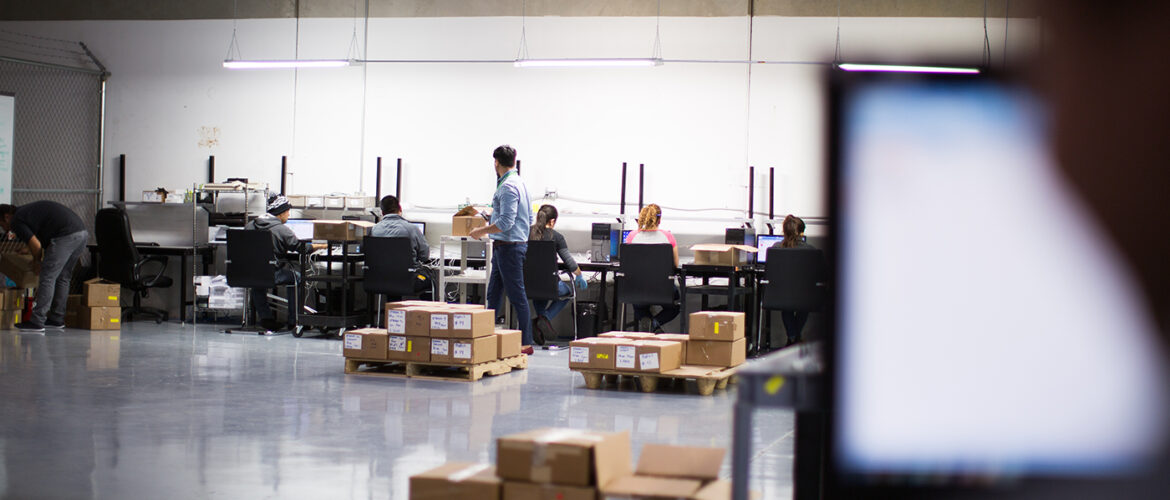IT parts harvesting has existed for a while now, but since the pandemic, it’s only gotten more popular. IT parts harvesting is the action of finding parts from existing hardware and software you already have and basically recycling it. So why is this important? Well, if you’re in the supply chain business like we are, you run a supply chain, or your business runs with a supply chain, it’s important for you to know about IT parts harvesting so you can participate as well and make the most use out of your parts and software.
Why Participate in IT Parts Harvesting?
As we mentioned before, IT parts harvesting is like recycling for IT products. Recycling overall is a great thing for the environment, and it still is in this case. That’s one main reason you should participate in IT parts harvesting. Another reason is because of the pandemic. In the wake of the pandemic and afterward, there were and have been a plethora of shortages of chips and other IT parts needed for technology. Parts harvesting has allowed us to take some of the pressure off of supply chains by needing less product. Now, we still need parts here and there. Some can’t be harvested but recycling the pieces you already have can help.
What Can Be Harvested?
There are many objects that can be harvested. However, here are a few that IT asset managers have repeatedly been recycling:
- Motherboards
- Fans
- RAM
- SSD
- Power supplies
What Happens to the Parts after Being Harvested?
Harvesting IT parts is good for the environment, but how? Well, in order for there to be a positive change, you need to utilize the parts in another way. Simply harvesting the parts and doing nothing with them won’t be enough. You can sell the parts to recover value, recycle them for reuse, or return them to the customer.
A Breakdown of the Process
There are a few more steps to IT parts harvesting than simply gathering parts from an old machine. Here’s a simple breakdown of the parts-harvesting process:
- Determine where harvesting the parts will occur.
- Audit and test the components.
- Identify parts that can and will be harvested.
- Remove the parts from the asset.
- Inventory the parts you’ve gathered.
- Send the parts out to places that need components and replacement parts.
This is a simple look at IT parts harvesting, how to do it, and why you should do it. We hope this helped you understand the process and consider participating in parts harvesting yourself. If you need help with your IT parts harvesting process, have questions about this subject, or need help getting started, contact Pulse Supply Chain today. We can help you figure out how IT parts harvesting can benefit your business and supply chain.


